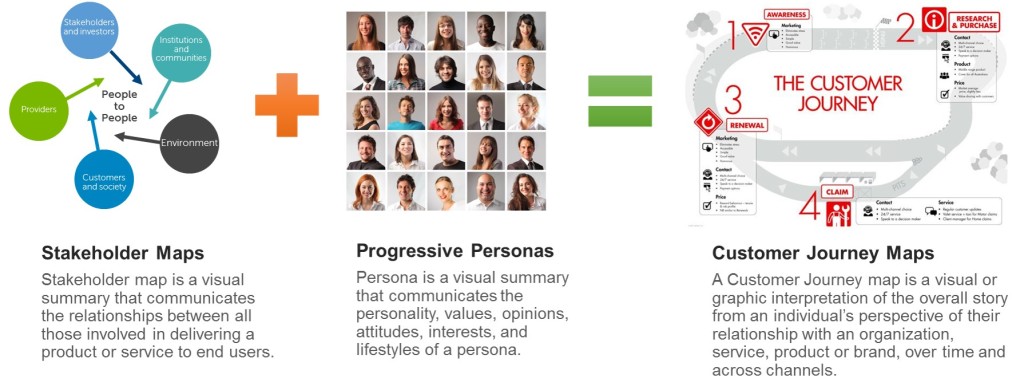Despite best intentions and plethora of data, many brands continue to offer uninspiring experiences for their customers. These organizations function with an internal focus, and that becomes apparent when customers interact with their marketing channels, products & services. One of the biggest challenges facing organizations when they want to become customer focused is that their own organization is based around functional silos.
Every interaction a customer has with an organization has an effect on satisfaction, loyalty, and the bottom line. And marketing organizations put so much efforts and spend a lot to attract target audience on their website, landing pages, but they are failed to provide tailored customer experience to those privilege category visitors. Expecting higher CTRs from campaigns, signups and engagement on website would be unfair in this scenario.
It is critical to provide personalized experience to customers. And marketers can achieve this by redesigning the customer journey through stakeholders map and progressive personas.
Marketers should plot a customer’s emotional landscape by way of a Customer Journey Map, or Experience Map, and interact with customers with contextual content and strengthen the relationship. “Customer Journey map is a visual summary of customer’s experience as it unfolds over time, across multiple stages and touch-points, all of which determines how the value of a product or service is perceived and whether or not the relationship with the brand is healthy or failing and persona defined the various segments of your audiences.”
Customer engagement is not just a course of interactions, or getting people to visit a website, download whitepapers, signups OR “Like/ Share” something on Facebook. It is centers on compatibility, and discovering how and where individuals and organizations can exist harmoniously together. Giving thought to how your brand, products and services fits into customers’ needs is crucial.
Modern Customer Journey powered with progressive personas: Journey maps are organized by customer stages. Each stage represents a major objectives your customer is trying to achieve in their overall journey. You should build a customer journey map with stages that represent your customer’s goal-oriented journey, not your internal process steps.

Customer’s journey map allows organizations to discover opportunities or those engagements that make or break the relationship with the organization. In other words, it identify the customer touch points, actions and interactions on which a brand should focus and put efforts, rather than what the marketing organization thinks or assumes the clients care about.
Customer journey maps should be designed in such a way that it provides clarity, and very quickly, marketers can see what they should put their focus on. It should enable marketers to turn the massive and fuzzy that is customer experience strategy into something that is actionable very quickly.
One of the advantages to using design thinking approach and customer journey mapping is that it’s quick, agile and iterative – the iterative nature allows clients to get quick feedback from the customer and the marketers can optimize their efforts before it’s too late. The process is also collaborative, and makes customer experience everyone’s responsibility. And finally, it helps to create a culture of “customer centricity.”
Food for thought- “We put so much efforts to get TG traffic on our webpages or to get responses on emails. But are we delivering 1:1 personalized experience to those premium target audiences on our landing pages?”
Drive Engagement, Personalize Experiences!

